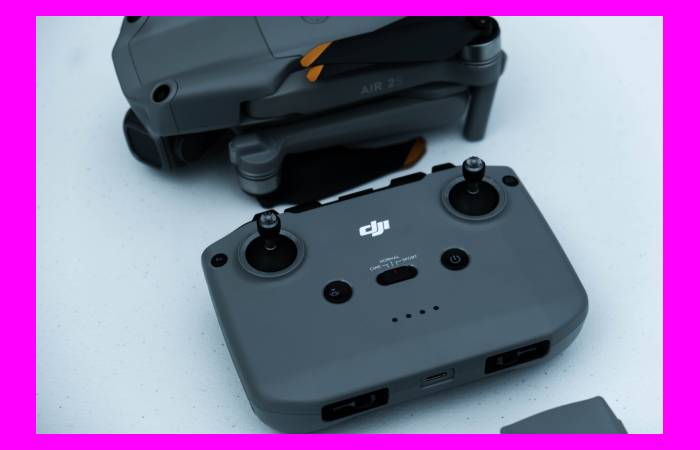Drone Controller – This guide will explain the flight controller or flight controller. We provide information about the different types in the market and the range of possible feature additions, so you can choose the flight controller that best suits your needs. The Flight Controller is the heart of a Drone and controls most of the on-board electrical components with the assistance of a microprocessor similar to Arduino and a series of sensors
Importance of Drone Controller

The drone device consists of motors and propellers or rotors that take off, land, and keep our drone in the air so it can move.
Motors are the elements that keep our drone in the air by turning the propellers. The most widespread in the world of drones are electric motors, through a coil through which the electric current circulates. They may be:
Three-phase (brushless): more expensive but at the same time more powerful and precise than the second type, more efficient since they achieve a longer battery life for the same power, have a more comprehensive range of rotational speeds, less electromagnetic interference, and a more wonderful helpful life. They are the most common.
Biphasic (brushed): cheaper and with brushes made of a conductive material that transmits electricity to the coil to create a magnetic field. They are up to 3 times heavier than brushless motors, and the brushes wear out with use, generate eddy currents and sparks, and produce more heat.
How Do Drones Work?
A typical drone is made from lightweight composite materials to reduce weight and increase maneuverability. This composite material strength allows military drones to travel at extremely high altitudes. The drones are equipped with state-of-the-art technology such as infrared cameras (military UAV), GPS, and laser (military UAV). A remote control system controls drones.
An unmanned aerial vehicle method has two parts: the drone and the control system. The front of the crewless aerial vehicle is where all the sensors and navigation systems are present. The rest of the body is filling with drone technology systems. The engineering materials will use to shape the drone are highly complex compounds that can absorb vibration, which decreases the noise produced and also lighten the weight.
What Are The Types And Sizes Of Drones
Drones come in a wide selection of sizes, the largest will use primarily for military purposes, such as the Predator drone. However Next in size are drones that have fixed wings and require short runways. In general, they are used to cover large areas, working in areas such as geographic surveying or combating wildlife poaching.
Drones VTOL
The next largest of drones are what are known as VTOL drones. Many of these are quadcopters, but not all. VTOL drones can take off, fly, hover, and land vertically. The exact meaning of VTOL is ” vertical takeoff and landing. “Many of the latest small drones, like the DJI Mavic Air and DJI Spark, can be launched from the palm of your hand.
Conclusion
The general objective when manufacturing a drone, which, as we already know, has complex and delicate engineering behind it, is that it be light, easily maneuverable and that its materials are resistant to high altitudes, changes in temperature, and speed.

